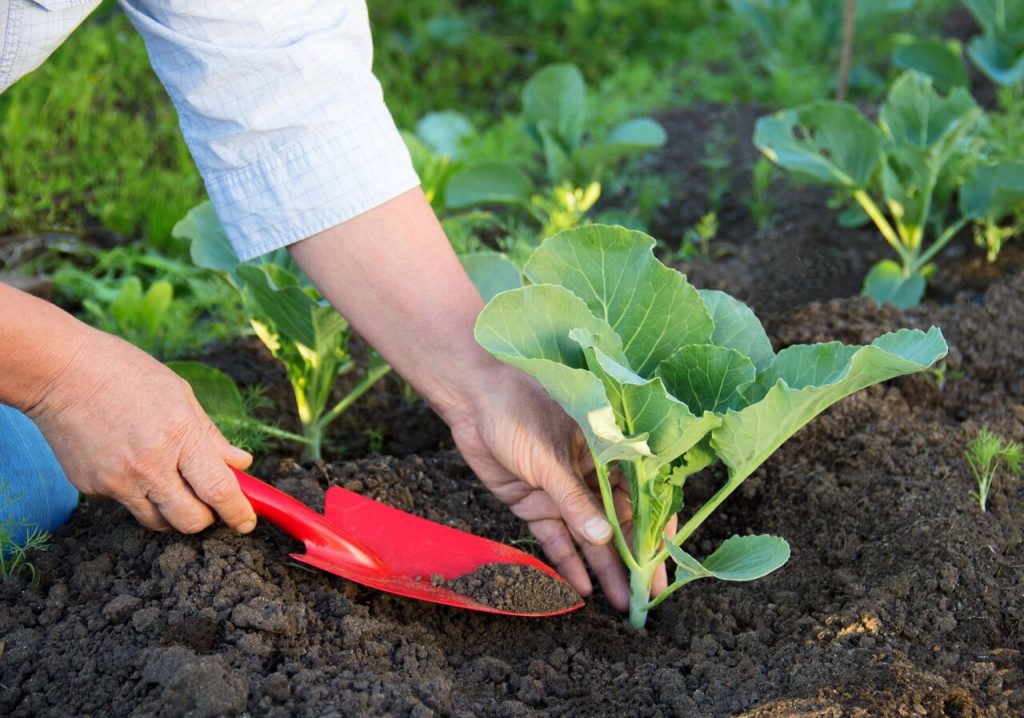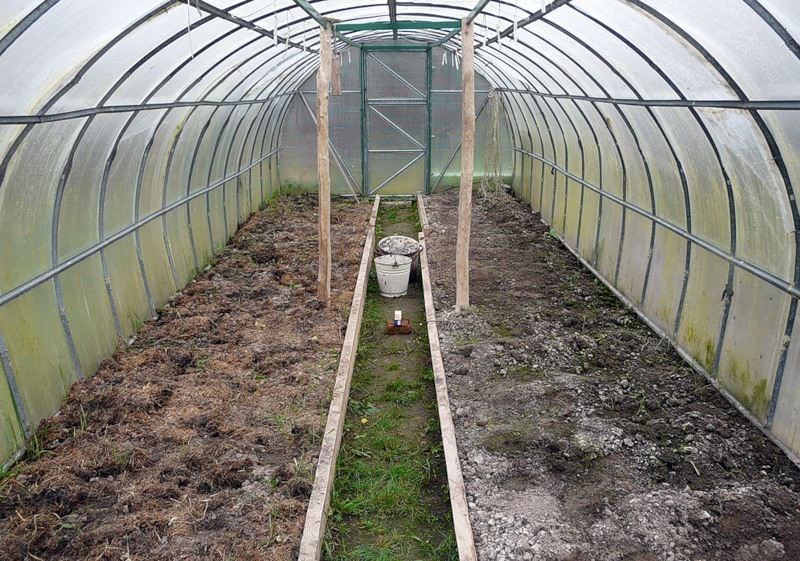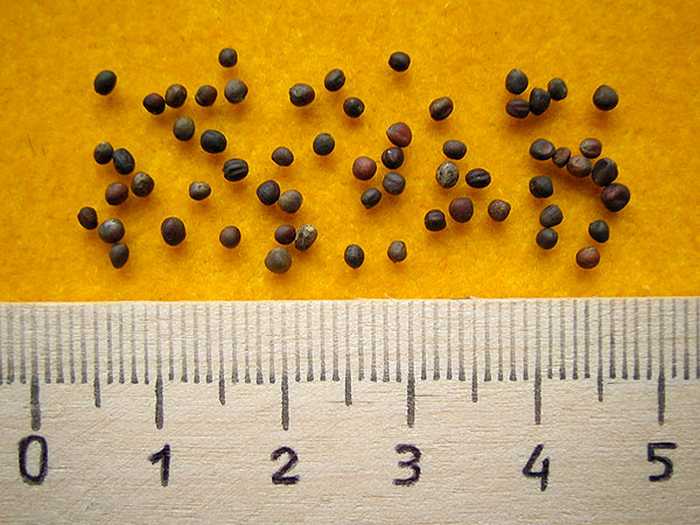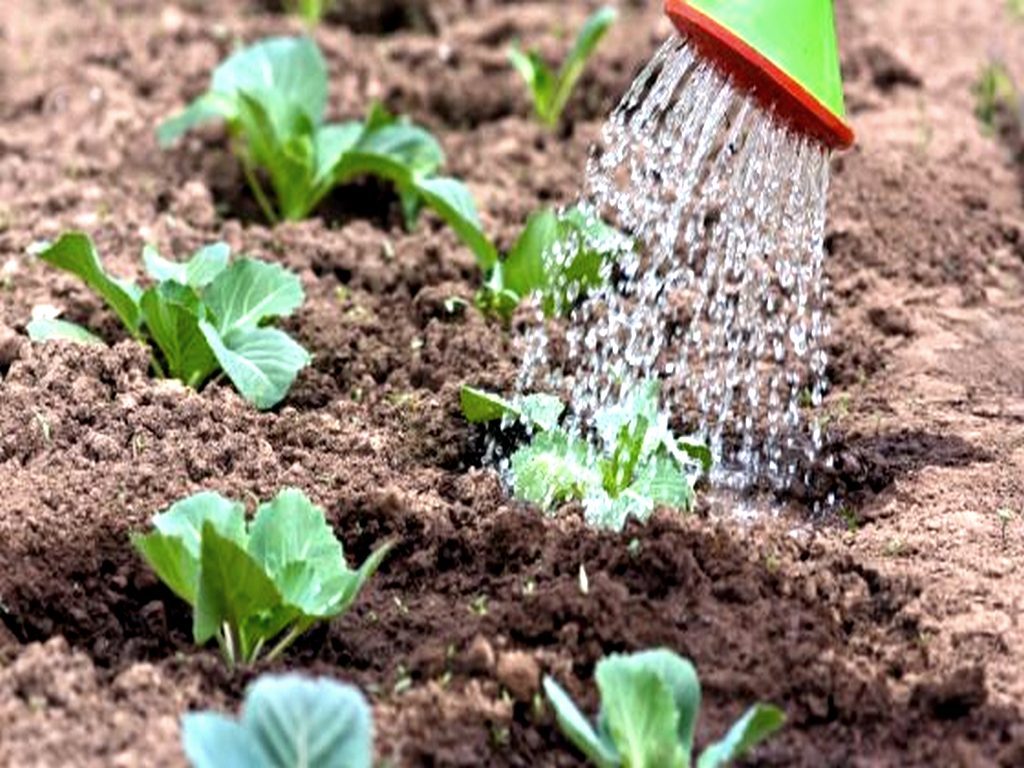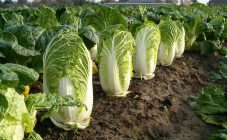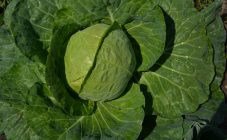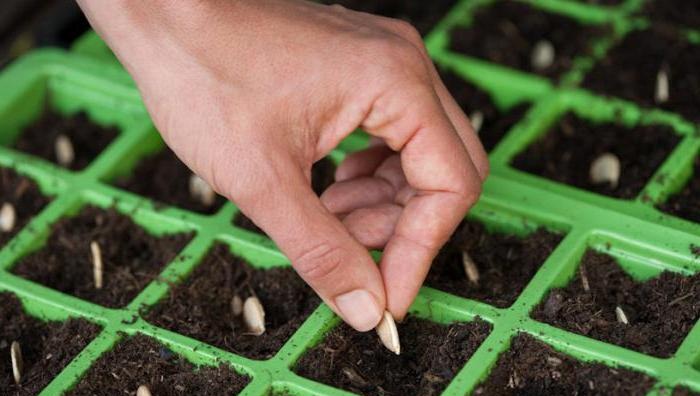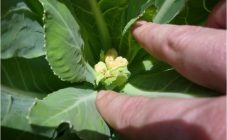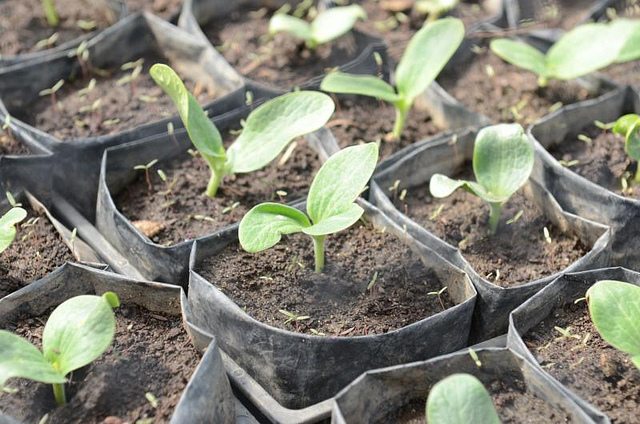Content:
There are several groups of varieties of cabbage, which are planted in spring by seedlings. These include: white cabbage of different ripening periods, broccoli, Brussels and Peking species, kohlrabi, Savoy, red and cauliflower. In Russia, cabbage is grown both in the central region and Siberia. Agricultural techniques of all types are largely the same, as well as the timing of planting cabbage seedlings. It is most favorable to choose varieties and varieties zoned for different climatic zones.
Cabbage is a cold-resistant crop, crops of which can withstand up to -5C °, especially Savoy cabbage. Ripe heads of late white cabbage are also not afraid of the first frosts. The culture grows well in places with ample light. The early varieties are used for summer consumption, and the later ones are used for storage and salting.
Planting seedlings in open ground
For growing cabbage, it is advisable to prepare a bed from the previous season. Choose a place where vegetables of the Cruciferous family, which include cabbage itself, as well as turnips, radishes and radishes, have not grown for more than three years. These crops have common pests that winter in the soil. Therefore, deep digging of the ridge for cabbage is important. The place is chosen warm and level so that there is no opportunity for water stagnation.
The culture requires highly fertile soils with a sufficient amount of useful trace elements. Cabbage is responsive to the introduction of rotted manure, humus and ash. Mineral complex fertilizers, which include nitrogen, phosphorus and potassium, are applied, taking into account the quality of the soil, in the case of its low fertility. The soil, in order to plant cabbage, must be loose with a neutral acidity level; for this, lime is introduced into the soil in the fall. In acidified soil, cabbage will hurt and grow poorly.
Before planting, the bed is loosened and leveled so that no lumps of earth remain.
Planting cabbage in open ground with seedlings is carried out in the holes in a checkerboard pattern. Cabbage needs space. The maximum distance between the heads of cabbage can be up to 90 cm, so that the cabbage can freely spread the leaves, and it has enough airing. The minimum distance is 50 cm.
Peking cabbage is planted denser - after 30 cm.
The planting hole is made to fit the size of the seedling, after watering it with warm water. After releasing into the hole, the seedling is sprinkled with earth and squeezed.
How to determine when to board
Planting dates are calculated, depending on the variety and early maturity of a particular culture. The time elapsed from sowing to planting in the ground is indicated on the seed packaging, it ranges from 30 to 45 days. Thus, in early April, seeds are sown for seedlings of early cabbage varieties, and from mid-spring - medium and late ones. Taking into account the climatic zone of growth, planting of cabbage seedlings in the ground in May is carried out on the heated ground, on well-moistened soil.
In May, return frosts may occur, and in some regions it snows, for safety reasons it is recommended to have a quickly constructed shelter, for example, made of arcs and covering material.Such a mini-greenhouse is also useful for shading newly transplanted seedlings, as well as for fighting some pests.
The lunar sowing calendar for the current year for different regions will also tell you a favorable time for planting crops.
How to grow cabbage seedlings at home
Cabbage seedlings are grown from seeds that can be purchased in specialized stores or prepared yourself. The purchased seeds, which have a colored shell, do not require pre-sowing treatment, they can be sown directly from the package. Such seeds have already been processed by the producer, and the colored shell contains trace elements in order to ensure the best germination of the seed. Therefore, such seeds are not soaked or germinated so as not to wash off the protective shell.
Ordinary seeds, which are brown, and especially homemade, should be pickled before planting - soaked in disinfectants. This is done to prevent various ailments, because the seeds are able to retain the causative agents of various diseases. The seeds are soaked for 20 minutes. in a solution of cherry-colored potassium permanganate. Such a solution will be a prophylaxis against diseases of the root system of seedlings - black leg, which can completely destroy the seedlings.
A solution of potassium permanganate, prepared using hot water, at a temperature of about 50C ° - this hot water, which the hand tolerates, will help resist the seedlings of the causative agent of vascular bacteriosis of cabbage. After soaking in a solution of potassium permanganate, the seeds are washed under running water. After disinfection, the seeds can be soaked in a solution of trace elements and growth accelerators.
Also, the seeds are awakened by lowering them in a gauze bag for 15 minutes. into hot water, and then into cold water for a few minutes.
To determine the percentage of germination, seeds can be germinated in a warm place by wrapping them in a damp cloth, making sure that the cloth does not dry out. After a white sprout has hatched from the seeds, they are planted in prepared containers.
A highly fertile soil mixture for seedlings is prepared with a neutral reaction. For the soil mixture, take in equal parts sod land, humus and peat. In the absence of peat, it is replaced with part of the humus. Even in the purchased soil, in order to make the soil less acidified, ash is added. Ash is introduced at the rate of 0.5 liters per bucket of soil mixture. A small handful of river sand is added as a drainage material. The soil is enriched with minerals by adding complex fertilizers in dosages specified by the manufacturer. The soil mixture is thoroughly mixed so that it becomes loose, homogeneous, without lumps.
Before applying mineral fertilizers and the day before sowing seeds, the soil is disinfected by spilling a hot solution of potassium permanganate or phytosporin.
Any planting containers must have drainage holes.
Cabbage seeds are grown with and without a pick.
The soil in the seedling container is leveled and pressed easily. The grooves for the seeds are made shallow, about 0.5 cm, with a distance between the lines of 3 cm. The seeds are not buried or pushed in, but carefully laid out in the grooves, covered with a small surface layer of earth. When sowing seeds in a common box, you should not make a very thick planting, but keep a distance of about 0.5 cm so that the crops are not hit by a black leg. When planting in separate containers, the seeds can be laid out in several pieces in one hole, in case of germination of several shoots, the strongest is left, the rest are carefully cut out. Seeds are planted in moistened soil, if it dries up after planting, they are sprayed with water using a pulverizer.
After sowing the seeds, the seedling containers are covered with non-woven material and foil.They put the covered containers in a warm place, once a day removing the shelter to ventilate the crops. Cabbage seeds germinate quickly enough, 3-4 days after sowing. It is important not to miss the moment of germination, remove the cover completely at this time and rearrange the boxes with seedlings in a bright place. If you tighten the moment of opening the seedling containers and leave the emerging loops-shoots in the shelter and warmth, they will very quickly stretch out, and the seedlings will be of poor quality.
A pick is done when the cotyledon leaves appear. Growing with a pick makes the root system stronger, but transplanting is still traumatic for cabbage seedlings.
The peculiarity of growing cabbage, except for cauliflower, is that its seedlings grow well only at temperatures below room temperature, about 7-8C °. Therefore, after straightening the sprouts, the seedlings are transferred to outdoor greenhouses or cool loggias. In the greenhouse, an additional shelter is installed for seedlings with the help of arcs and spunbond. Cabbage loves watering on the "head" from a watering can with a diffuser, and not just under the root.
A week before planting seedlings in the garden, they are hardened. Plants gradually become accustomed to more intense lighting, more oxygen and changing temperatures. To do this, you can open the windows and doors of the greenhouse, and a more correct way is to take the seedlings outside.
In open ground, seedlings are transferred when 6-7 true leaves appear, in different climatic zones with the onset of heat in May.
Tips and tricks for planting and grooming
Most cabbage in the Moscow region and in the Urals is grown using seedlings. Moreover, seedlings of various types are difficult to distinguish, so you should immediately make notes when sowing seeds. For example, cauliflower and white cabbage seedlings have a difference in heat demand. Seedlings of cauliflower need room temperatures, and white cabbage at home withers and stretches.
Before planting various types of cabbage in open ground with seedlings, you should carefully remove it from the seedling container along with an earthen clod, digging in with a garden spatula. The less the roots are damaged during transplantation, the better the seedling will take root. At this stage, the cabbage can behave capriciously and even die, because it does not tolerate a transplant.
Cabbage is also grown in a seedless way. For this, seeds are planted by direct sowing in open ground. Sowing begins in late April and early May. A seedless planting method has the advantage that the plant is grown in one place throughout the growing season. Without being transplanted, the cabbage takes root well and becomes more seasoned. Several seeds are sown into the hole, leaving the strongest in the future, as in growing seedlings. Crops are covered with jars or cut plastic bottles. They also build a mini greenhouse from arcs and covering material.
The culture has many pests, for the prevention of which crop rotation, deep digging of soil, and spraying are used. You can spray early varieties of cabbage only using folk remedies: solutions with ammonia and vinegar, scattering of tobacco, pepper and ash. Spraying of cabbages is carried out in the early morning. To scare away flying insects, marigolds, garlic, basil and sage are planted in cabbage aisles. Fragrant wormwood, mint and tansy are planted nearby. Eggshells are hung on a stick from whitefly butterflies in the aisles of cabbage. From cruciferous fleas, plantings are covered with spunbond.
For late varieties, it is possible to use industrial insecticides.
Compulsory hilling is carried out 20 days after cabbage planting.Care consists in loosening and abundant watering, the most preferred of which is the drip method. But it should be remembered that excessive watering leads to coarsening of the pulp of vegetables.
The cauliflower should be shaded to form dense, white heads. When exposed to direct sunlight, cabbage changes color and may appear yellow or purple. You can shade the cauliflower with its own leaves, connecting them on top and tying them.
An effective method of growing cabbage is in green manure, followed by mulching. So, at the beginning of the season, green manures are planted on the garden bed, at the time of planting cabbage for the hole, they free up space by cutting off a certain amount of grass. As they grow, useful green manures are cut off completely and mulch the soil around the cabbage with them. In this case, the necessary moisture is retained, loosening and hilling are not required.
The earliest varieties can be harvested in the month of June, and the later varieties ripen before the beginning of autumn. You should not leave the cabbage in the garden after ripening, but cut it off on time. Overripe cabbages can crack, and cauliflower and broccoli fade quickly.
The quality of cabbage depends on many conditions: it is not only a productive variety, but also a strong seedling, fertile soil, climatic zone. Getting environmentally friendly, actually grown healthy vegetables will justify all the efforts invested in them.
